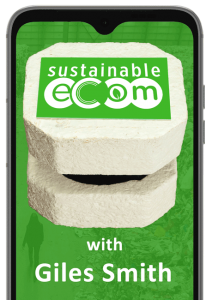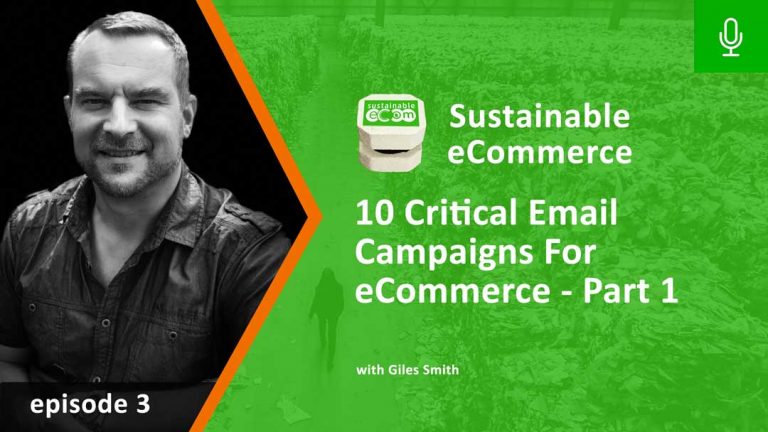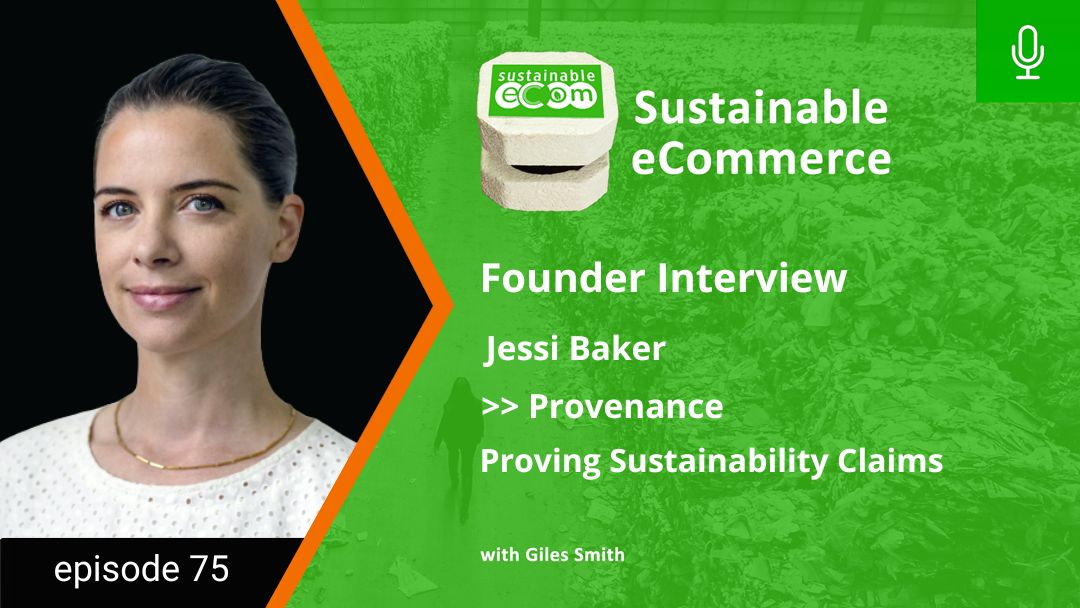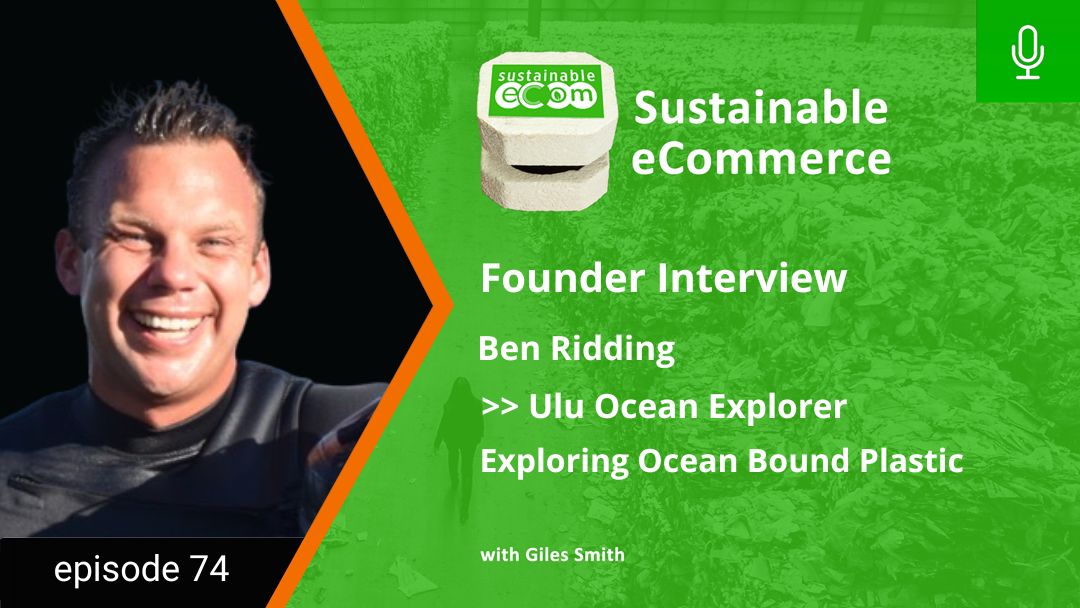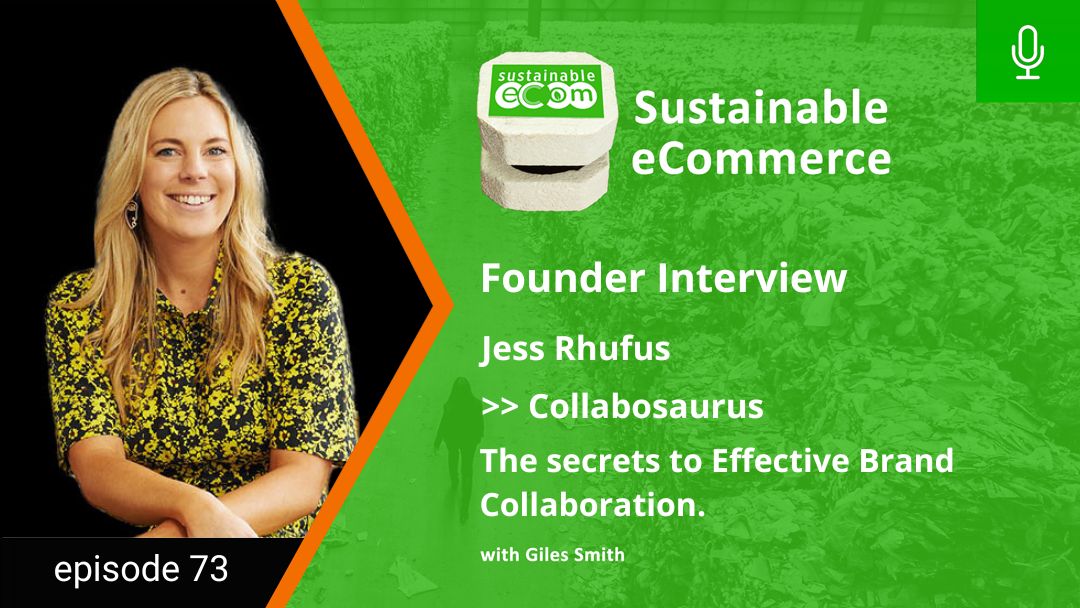Hello & welcome to Episode 3 of the Sustainable eCommerce podcast! In this episode we deliver for you a masterclass in email strategy for eCommerce brands. This is a huge topic! That said, the core campaigns you should leverage can be distilled down to just 10 critical campaigns, and we cover off the first 4 today.
It should be noted that email marketing, like all digital initiatives, carries a carbon footprint. I touch on how to minimize the carbon cost in specific areas through this episode, and for further information on assessing and managing your email carbon footprint, check out this recent article.
The 10 Core Email Campaigns for eCommerce - Part 1
Cart Saver Campaigns
Cart Saver campaigns are automated messages sent after a potential customer has either abandoned their cart, or abandoned their checkout.
For new customers abandoning their cart, you likely don't have any contact information for them, so your best bet is to ensure you've set up exit intent popups to try and grab their attention before they leave your site.
For the most part, your ‘Cart Saver' campaigns will be triggered by people who have started (but not completed) the checkout process. If you get your Cart Saver campaigns right, they're likely to be your highest earning campaigns, so it worth following the tips below.
Firstly, before you send your first message, split your sequence for cart values above and below your free shipping threshold. Then send a sequence of three emails as follows (your sequence should stop if someone checks out in between messages).
The first email is a quick reminder about the cart. For best results, send the first email 30 minutes to 2 hours after the checkout is abandoned. We also need to sweeten the deal to incentivise conversion. If the customer was below the free shipping threshold, the most effective offer is to give them a coupon for free shipping. Otherwise, we need to make sure the offer is slightly better than whatever offer they already had. Many people offer a 10% first order discount, and if that's the case, simply offer a 15% discount at checkout.
The second email should be sent out about 12 hours after the abandonment. The strategy for this one is to let the customer know that their cart will close soon, and the discount will be lost.
Finally, around 1 day after the abandonment, send a final email letting them know that the cart has closed, however you would be happy to re-open it and retain the discount if they purchase today.
In each case, it is important that the action button in your message take the customer directly to the customer's exact cart instance. We want the checkout completion to be as seamless as possible!
One thing worth noting is that as useful as the channel is for customer engagement, it's isn't ideally suited to fast-response marketing, especially for first time customers. The potential for your message to end up in spam or simply not seen in time is huge!
That makes SMS a much more effective medium for checkout abandonment! With near 100% open rate and about 2X the click through rate of email, you'll likely to find these campaigns much more effective on this channel. It also has a much lower footprint – estimated at 350 – 2000X lower than email, so you'll be saving carbon budget too!
Transactional Email Sequence
As the name suggests, your transactional sequence is initiated by the customer completing an order, and includes ‘Order Received' ‘Order Shipped' Order Delivered' and ‘Review Request' messages.
Order Received is likely to be the most opened email message across all your campaigns! For that reason we need to use this to provide more information to the customer about their purchase, including brand messaging, product information & training and other valuable content that can help deliver a great experience for the customer. Don't make the mistake of just relying on the default Shopify automation template, spice it up!
By contrast, the Order Shipped email typically has a very low open rate – mostly because the subject line conveys everything a customer needs to know. We need to send this so the customer is informed about progress, but don't over invest in content for this one!
Order Delivered is typically also low open rate – but there is the opportunity to add value to this email. Changing up the subject line to something like ‘We've Delivered you're order – Here's what to do with the Packaging' can be a great way to increase open rate as well as provide useful information to the customer in the appropriate disposal of packaging materials.
Lastly – we can't over emphasis the importance of social proof on your store in terms of conversion rate. If you want customers to give you feedback, you need to ask! Sending review requests 1-7 days after the package has been delivered is typically the sweet spot. That allows them enough time to have actually used the item, but still be excited about the whole experience!
The Welcome Email
This is the transition point from transaction to the start of a beautiful relationship with your customer!
Ideally we need to achieve a number of objectives with this email:
- Educate the customer a bit more about the brand, values and what to expect from being a new member of the family.
- Provide some proof of the great works being done in the business.
- Try and encourage a repeat purchase.
It is vital that your messaging comes from a point of view of heroing the customer. Make them feel good about coming on this journey with you, and they're much more likely to become a loyal (repeat) customer!
Given this is the first engagement email, it's likely to be more image intensive than earlier messages. Make sure your compress your images as much as possible to reduce that carbon footprint!
Engagement Campaigns
In order for our email strategy to be effective, we need to focus on sending the right signals to the email service providers so that your messages don't end up in spam/ promotion filters, or worse get blocked entirely.
That means every communication needs to be optimized to increase open rate as well as click through rate.
The purpose of engagement emails in particular is as follows:
- Provide value to the customer so that they understand your emails are worth opening
- Give a strong reason to click one of the links or buttons inside the email so that we are strengthening the relationship through brand familiarity
- Help them get to know the brand, the great work you're doing and make them feel great about being part of the journey.
With that in mind, engagement emails should avoid sales messages, promotion codes etc. Consider them as pure value only!
Content for your engagement emails could include educational material, links to new blog posts, background to interesting interviews or customer testimonials (with strong calls to action to the full content). Basically – anything that would be of interest to your customer, and ideally original content created by or in collaboration with you.





